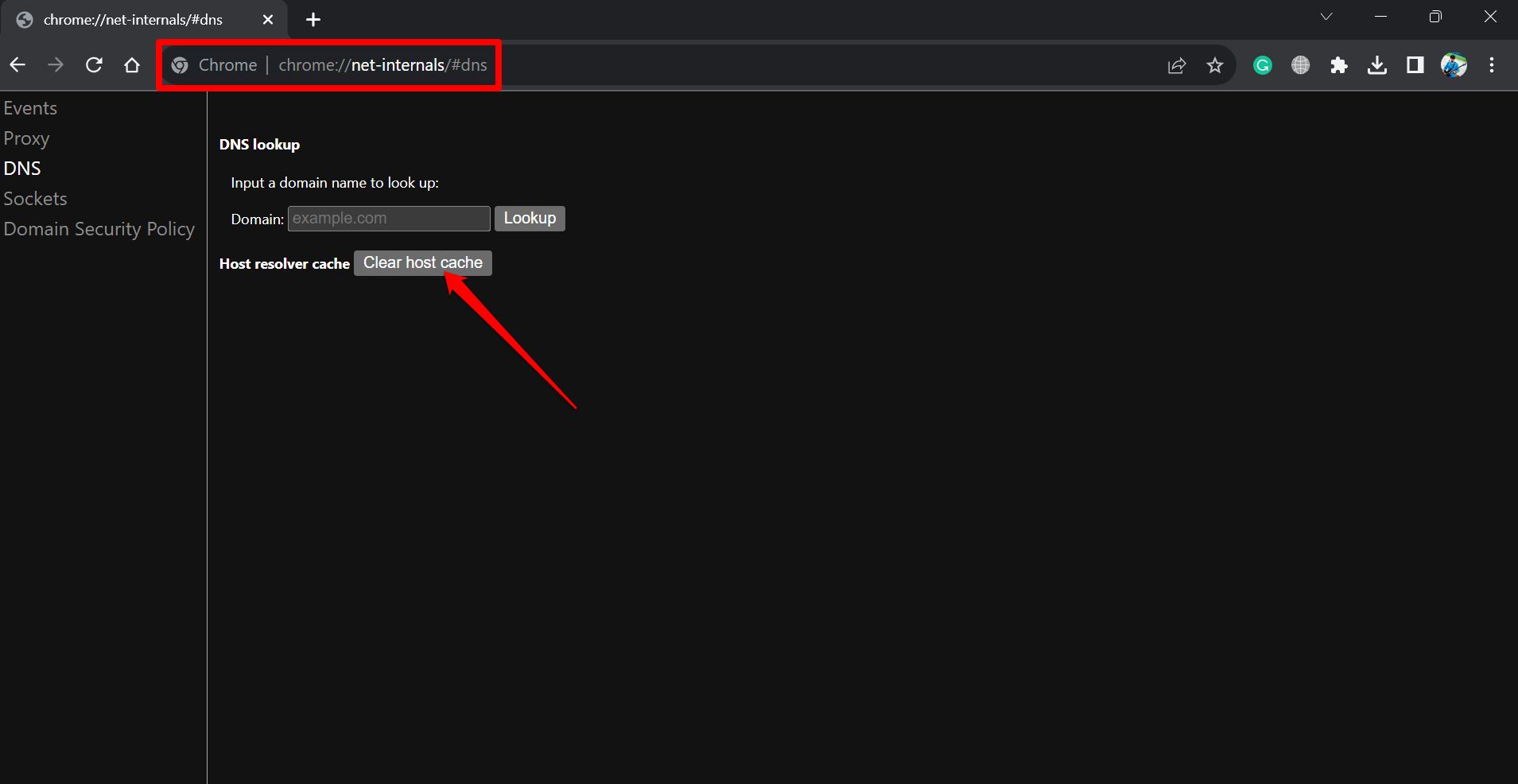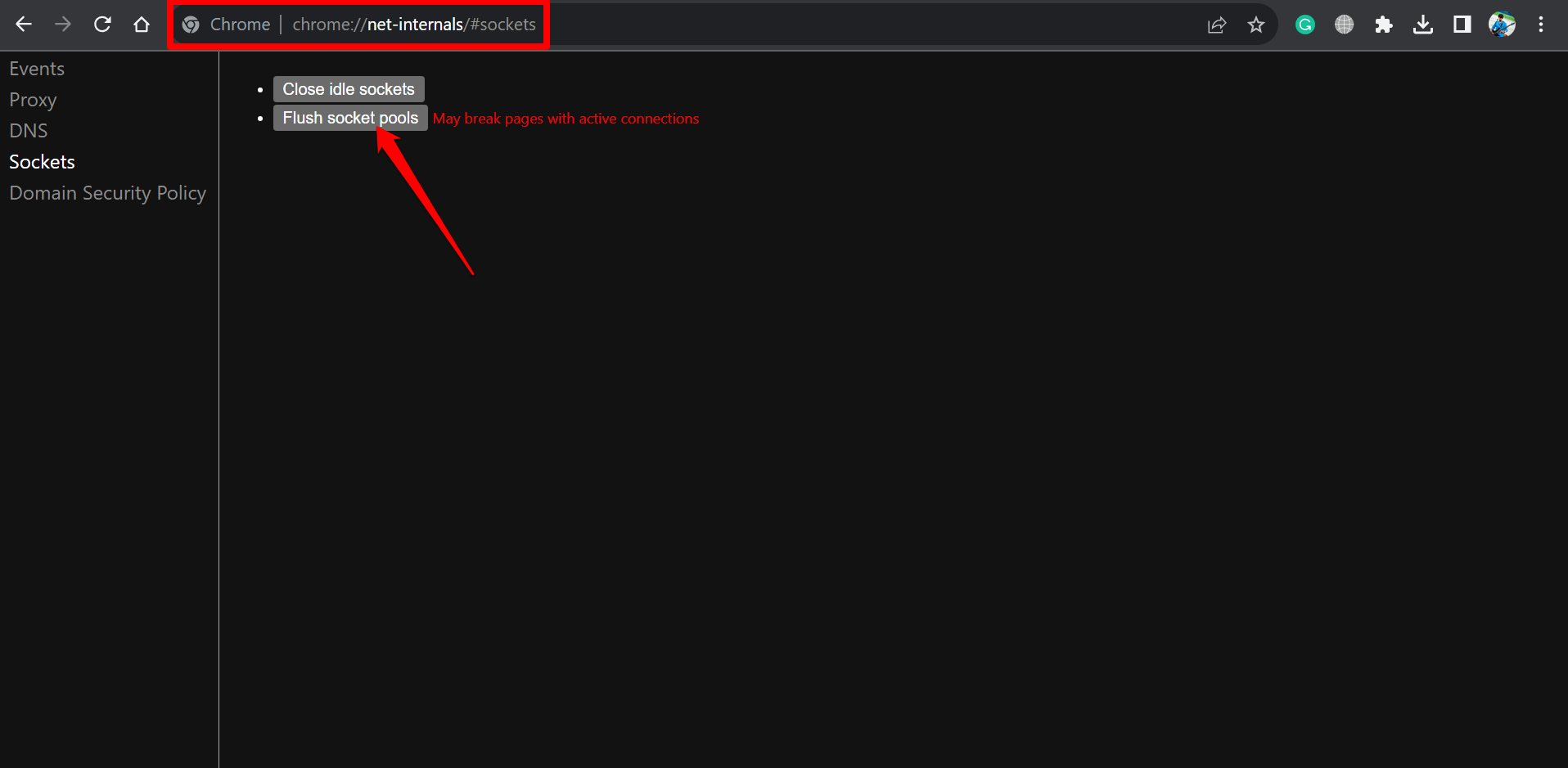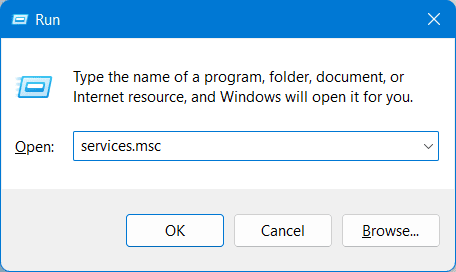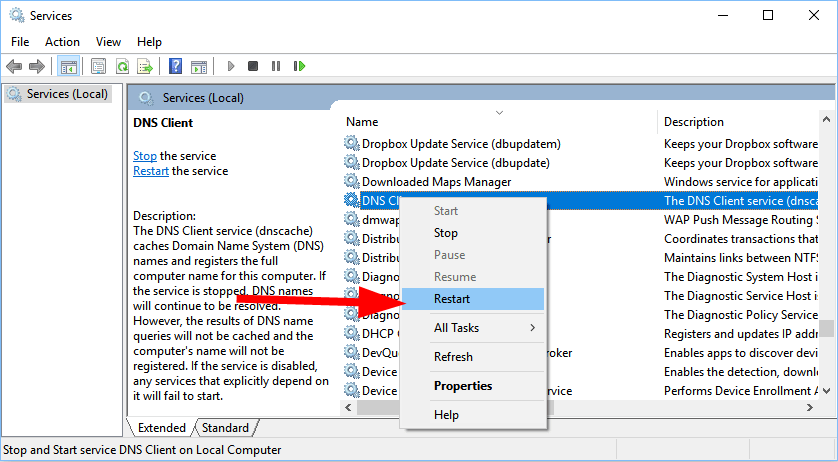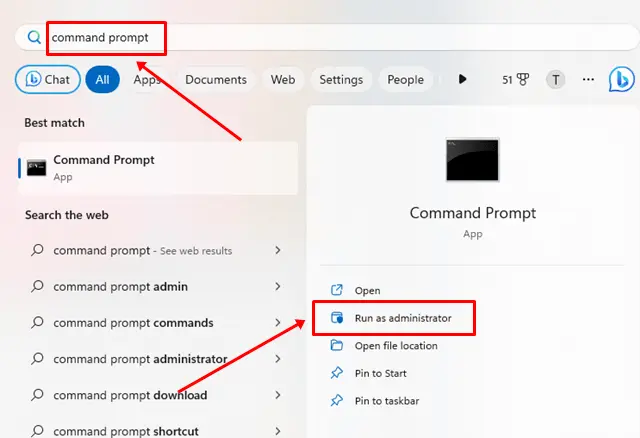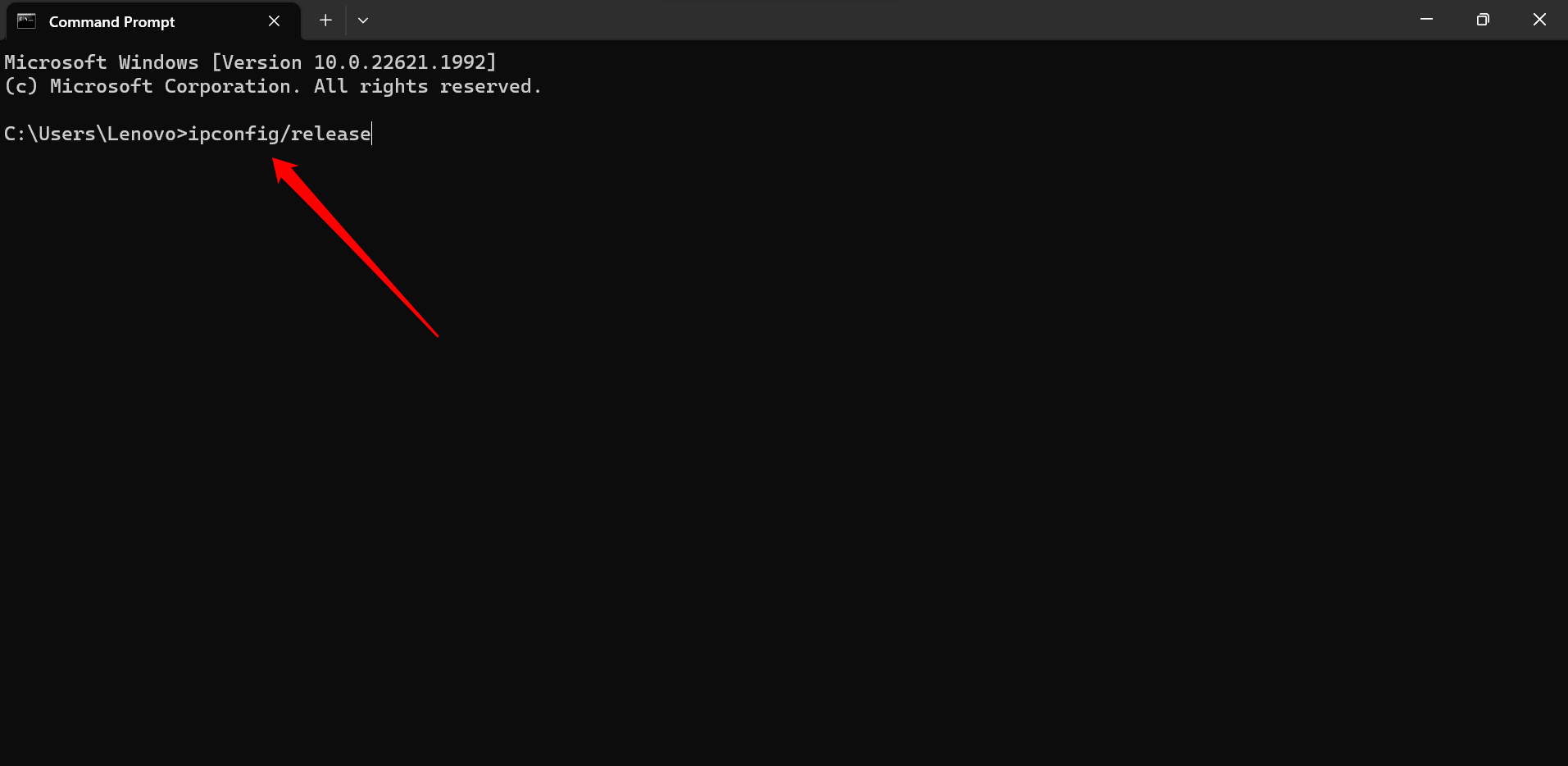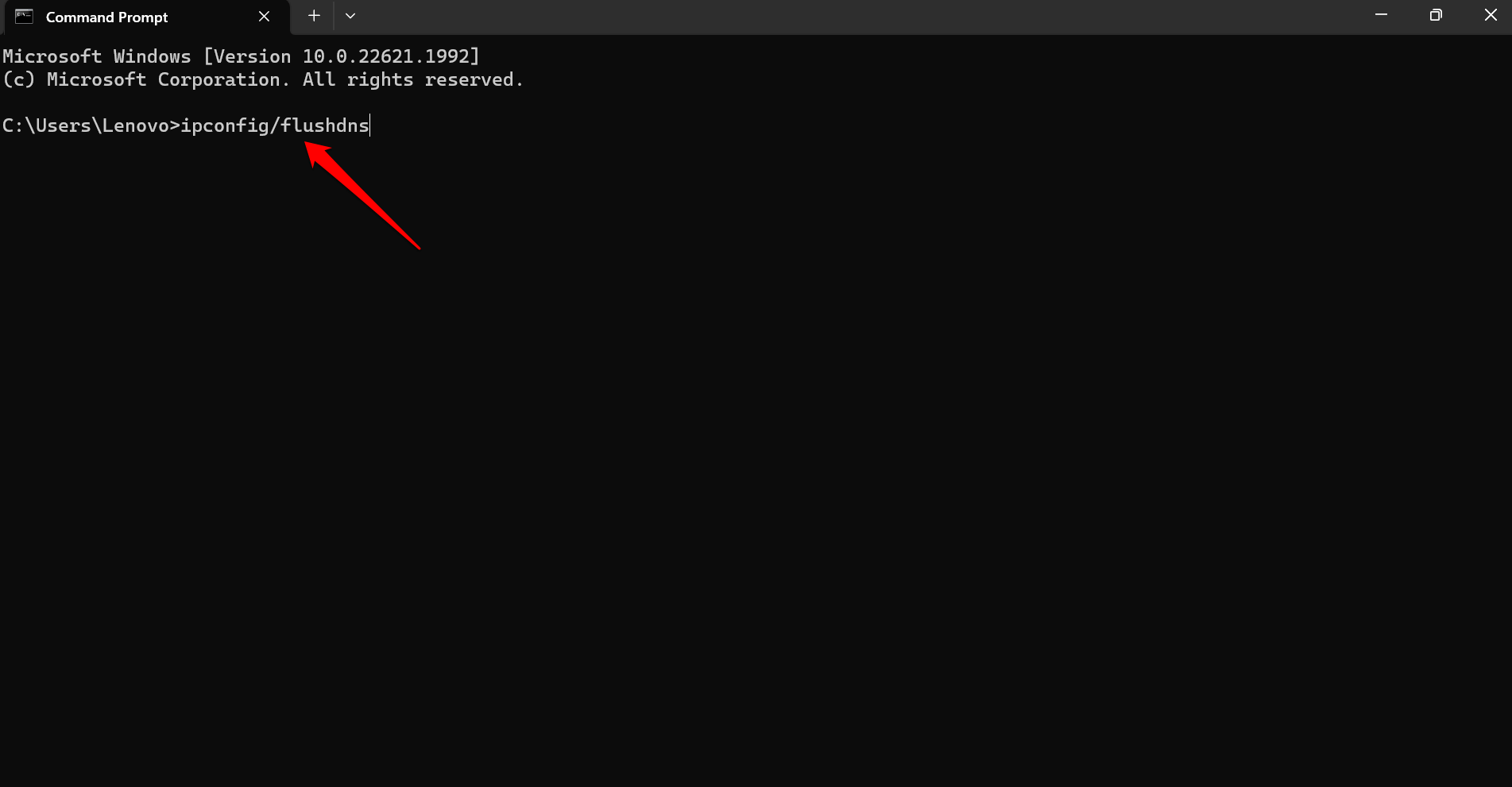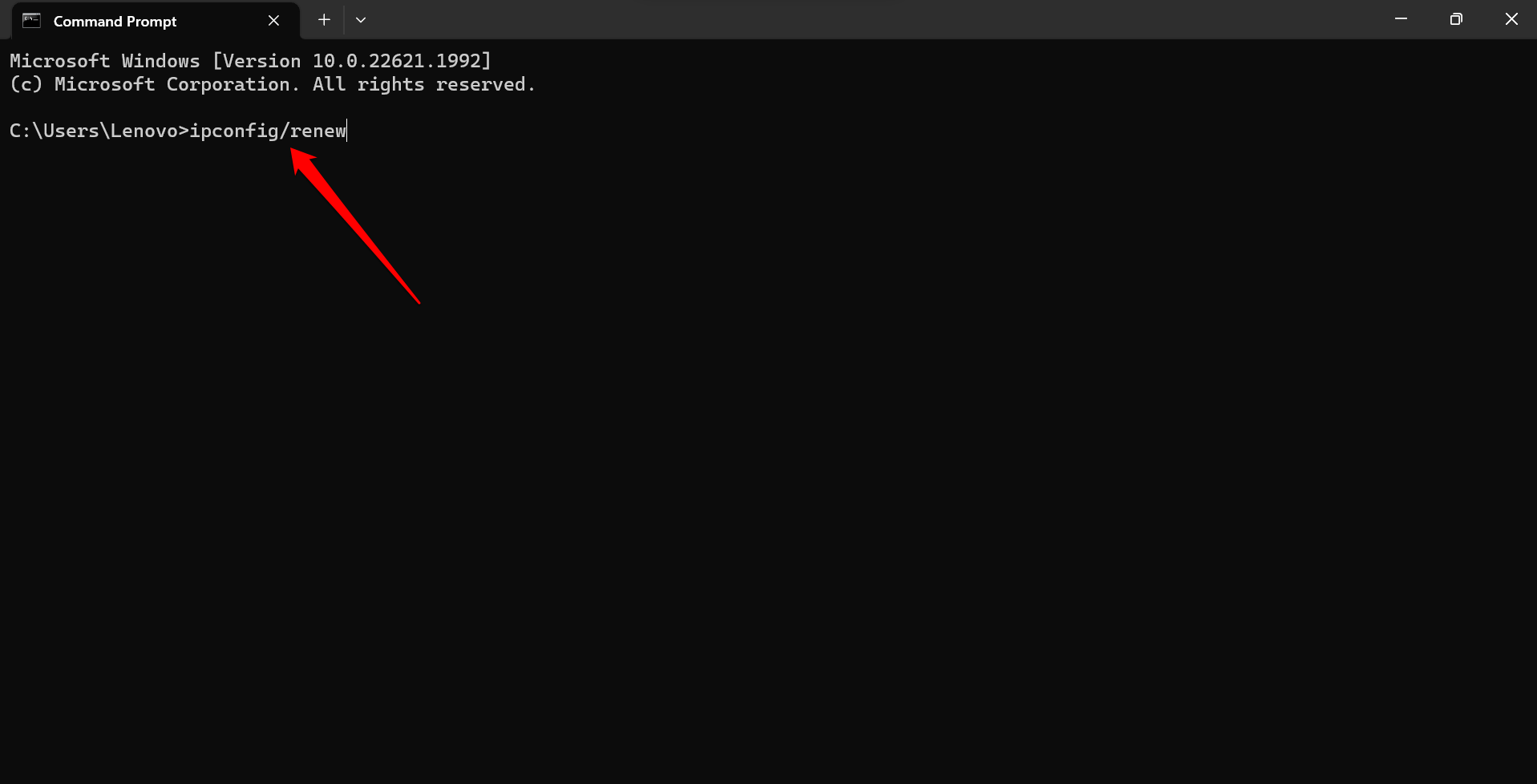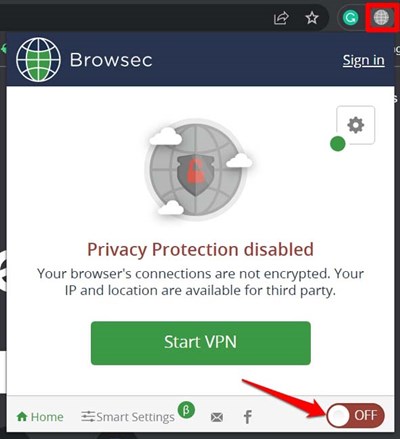In this guide, I have explained how to clear the DNS Cache in Google Chrome. The need for clearing the DNS cache arises when you cannot access a website. This happens when the DNS entry for the site has been changed.
The Chrome browser comes with an in-built DNS cache. DNS changes the website domain to a machine-readable form which we know as an IP address. To access a website, browsers use the IP address to send data to Content Delivery Network.
When DNS is missing or gets corrupted due to being changed or removed, then the user cannot access a website until they clear the DNS cache.
What is net internals/# DNS?
chrome://net-internals/#dns is a command you enter in the URL bar of the Chrome browser to clear the DNS cache. Net-internals is a NetLog event stream visualizer.
The NetLog is a log file for maintaining all the activities on the browser’s network. This log file is important to understand any performance or bug issues on the browser and troubleshoot them.
Chrome DNS Cache
When you clear the Chrome DNS cache, it will remove the DNS entries of the browser. On the Chrome browser, DNS Cache can store up to 1000 DNS entries.
Anytime you are unable to access a website or experience performance lag on the browser, clearing the Chrome DNS cache will resolve the issues with the DNS.
How to Clear DNS Cache on Chrome browser?
Clearing the DNS cache on the Chrome browser merely takes two steps.
- First of all, open the Chrome browser.
- In the URL bar, type
chrome://net-internals/#dns
- On the next page, click the button Clear Host Cache.
- Next, you have to restart the browser.
NOTE: When the cache is cleared, no prompt will show citing that the cache has been cleared.
How to Clear the Socket Pools on Chrome Browser?
There is another element associated with DNS called socket pools. Using the socket pool DNS server issues queries by randomizing the source port.
It is a useful concept to protect a site’s DNS against malicious cyber attacks such as DNS poisoning.
Follow these steps to clear the socket pools on the Chrome browser.
- Open the Chrome browser.
- In the address bar enter the following command and press enter.
chrome://net-internals/#sockets
- On the next page, click on the button Flush socket pools.
- Close the browser and relaunch it.
How to Fix Chrome://net-internals/#dns not working?
While clearing the DNS cache on Chrome browser may seem straightforward forward some users complain that the chrome://net-internals command is not working. I have listed a few troubleshooting tips that you can follow to fix this problem.
Restart the DNS Service
Follow the steps mentioned below to restart the DNS service.
- Press Windows + R to open the Run box.
- Type services.msc in the Run box and press enter.
- Within the Services list, scroll to DNS client, right-click on it, and select Restart.
- After restarting the DNS client you also have to relaunch the browser.
Release a New IP Address
Releasing an IP address involves flushing the DNS cache and renewing the IP address. Follow these steps to carry out the fix.
- Launch the Command Prompt using Windows search.
- Enter the command mentioned below.
ipconfig/release
- The next step is to flush the DNS cache. For that, you have to enter the following command.
ipconfig/flushdns
- After clearing the DNS cache, you have to renew the IP address of the client. Issue the following command for IP address renewal.
ipconfig/renew
Stop Using VPN
While VPN is useful in providing access to restricted websites using remote servers, it may also cause problems in clearing the DNS cache. The issue arises when VPN settings override the native network settings.
All you have to do is launch the VPN app or web browser extension. Then click the corresponding button to turn it off.
Reset the Chrome Flags
The Chrome flags, when enabled, provide experimental features on the Chrome browser. Some of these features may cause bug issues and cause commands for DNS cache clearing to go unresponsive. Here are the steps to reset the Chrome flags.
- Open the Chrome browser.
- In the URL bar type below lines and hit enter
chrome://flags
- Right beside the search field, click the Reset All button.
Wrapping Up
Next time you cannot access a website on the internet you know the issue may be with DNS. To solve the problem you need to clear the DNS cache using the steps mentioned in the guide. I hope this guide now clears all your doubts about Chrome //net-internals/#dns.

